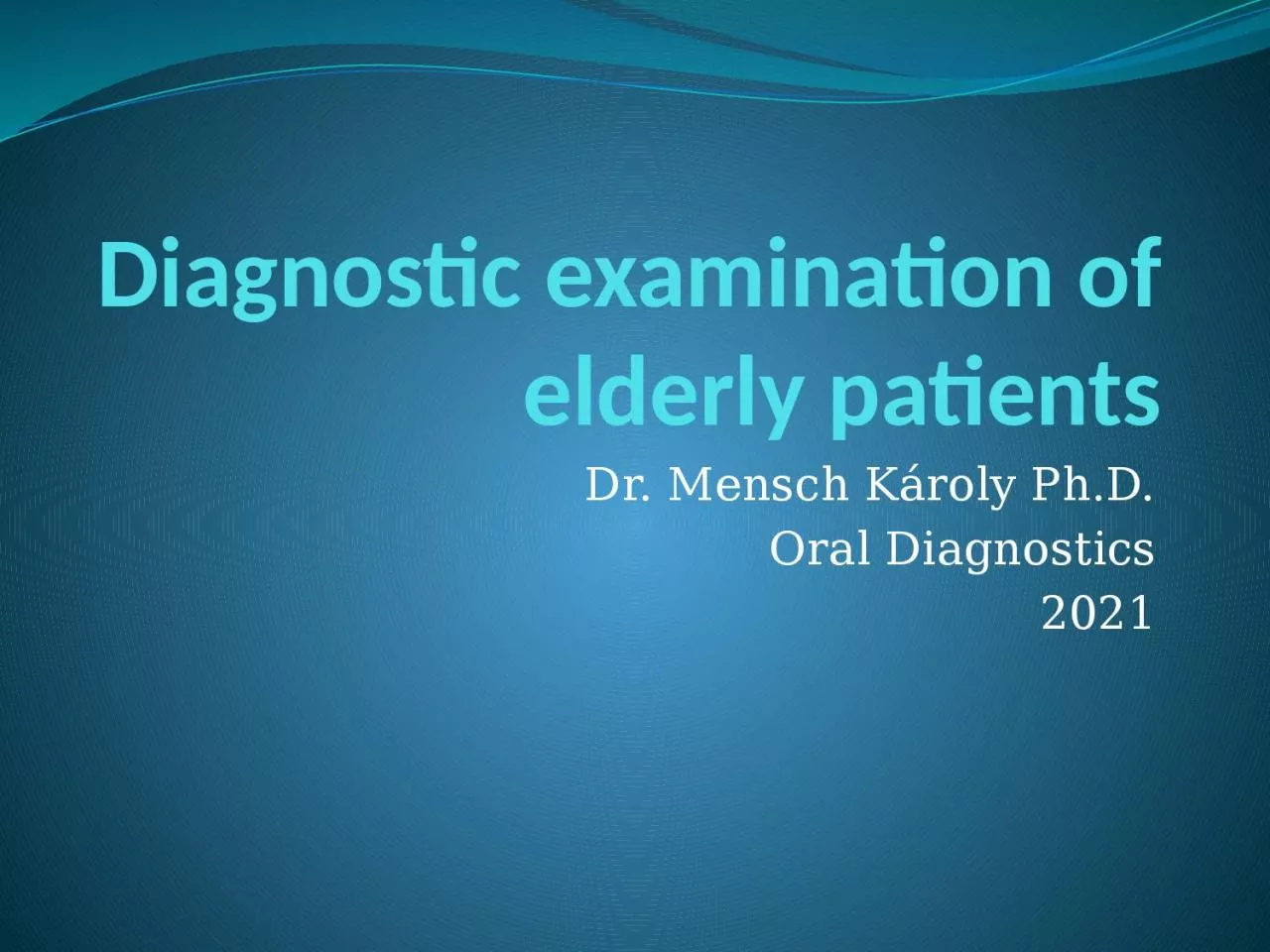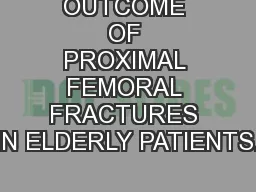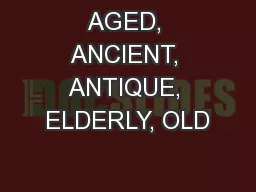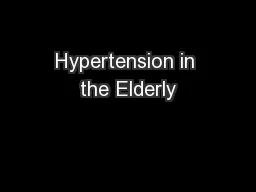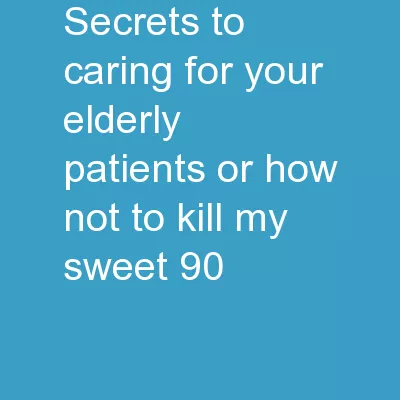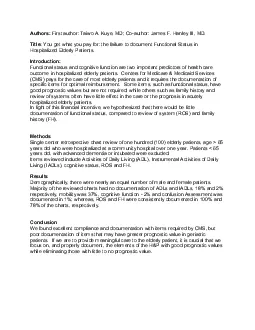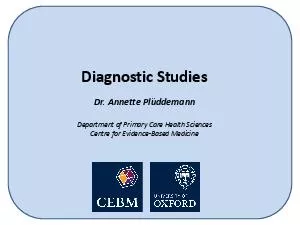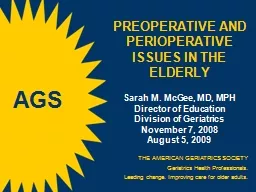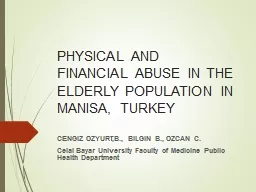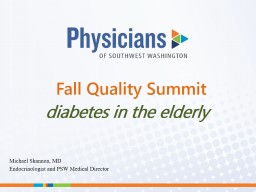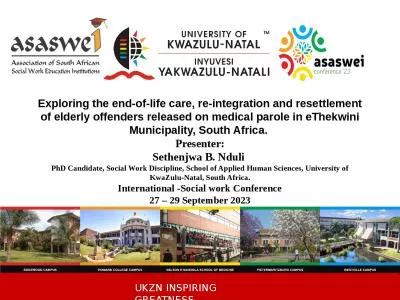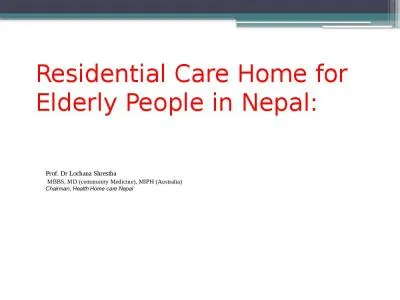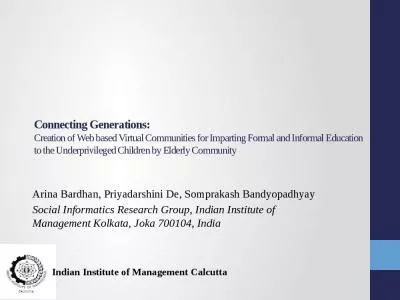PPT-Diagnostic examination of elderly patients
Author : UnicornLove | Published Date : 2022-07-28
Dr Mensch Károly PhD Oral Diagnostics 2021 Old person Based on a recommendation of the WHO gt65 years old in Hungary gt70 years old in the USA and in Germany
Presentation Embed Code
Download Presentation
Download Presentation The PPT/PDF document "Diagnostic examination of elderly patien..." is the property of its rightful owner. Permission is granted to download and print the materials on this website for personal, non-commercial use only, and to display it on your personal computer provided you do not modify the materials and that you retain all copyright notices contained in the materials. By downloading content from our website, you accept the terms of this agreement.
Diagnostic examination of elderly patients: Transcript
Download Rules Of Document
"Diagnostic examination of elderly patients"The content belongs to its owner. You may download and print it for personal use, without modification, and keep all copyright notices. By downloading, you agree to these terms.
Related Documents

